Graphic
Thomas Cumming What Is It, If It Is Not This?
-
Tauira / Student
Thomas Cumming -
Kaiako / Lecturers
Jo Bailey, Anna Brown
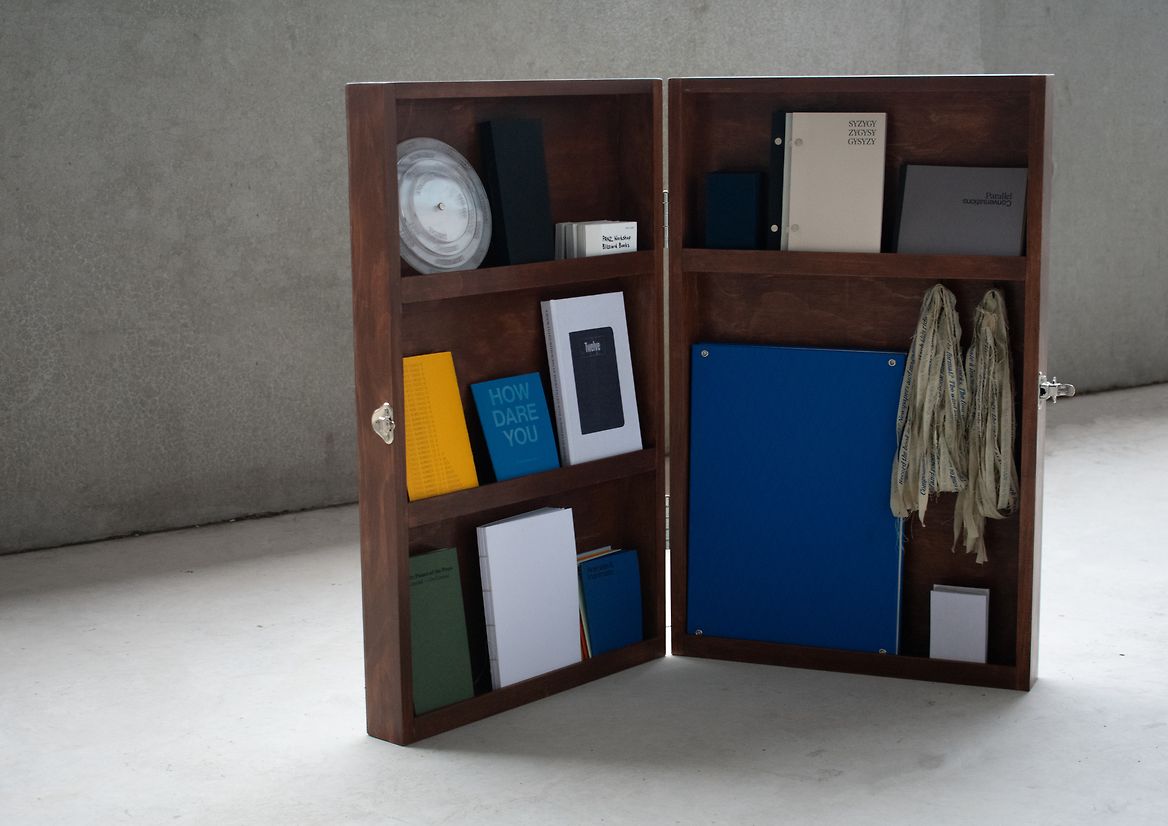
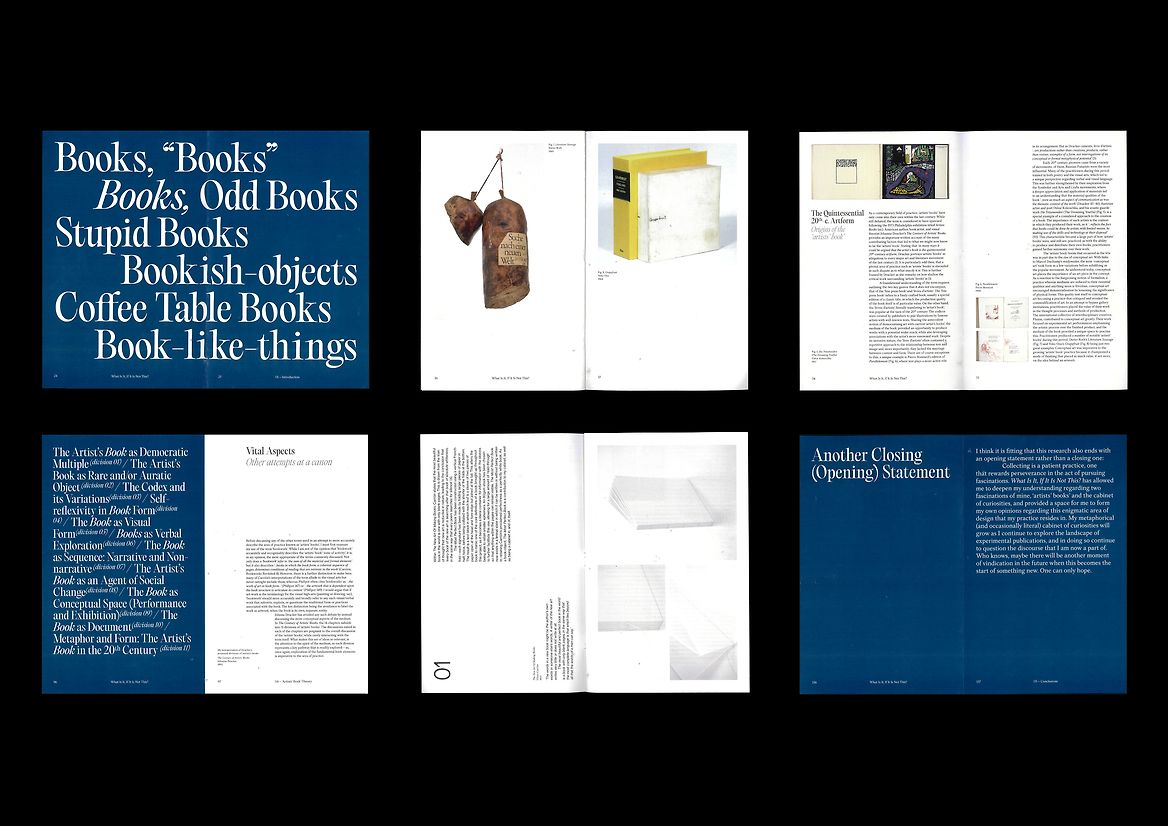
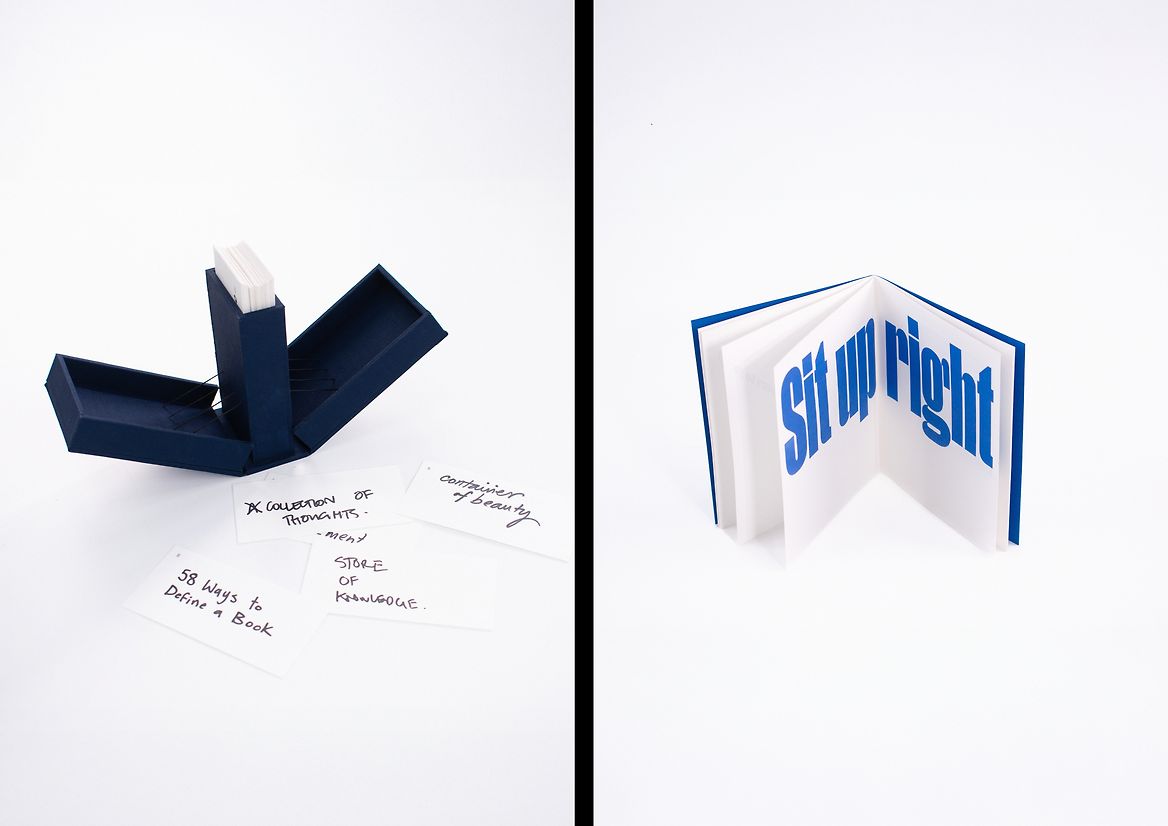
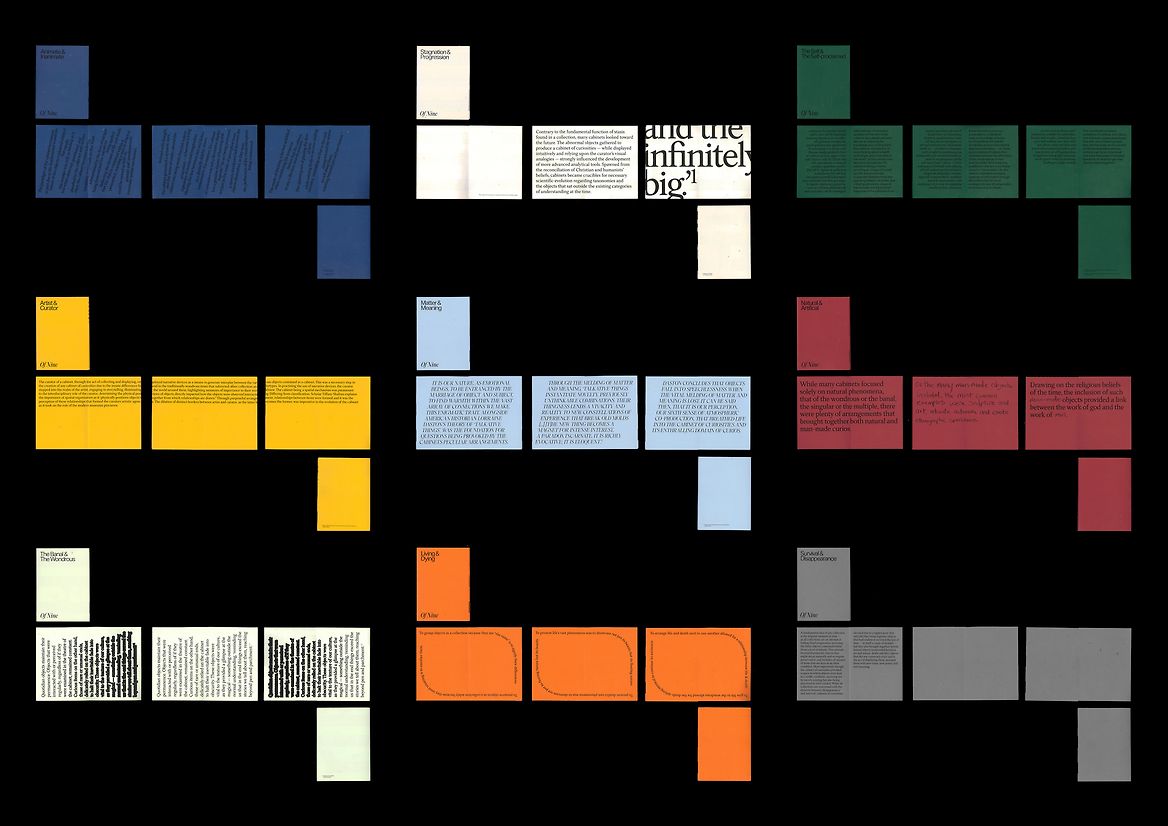
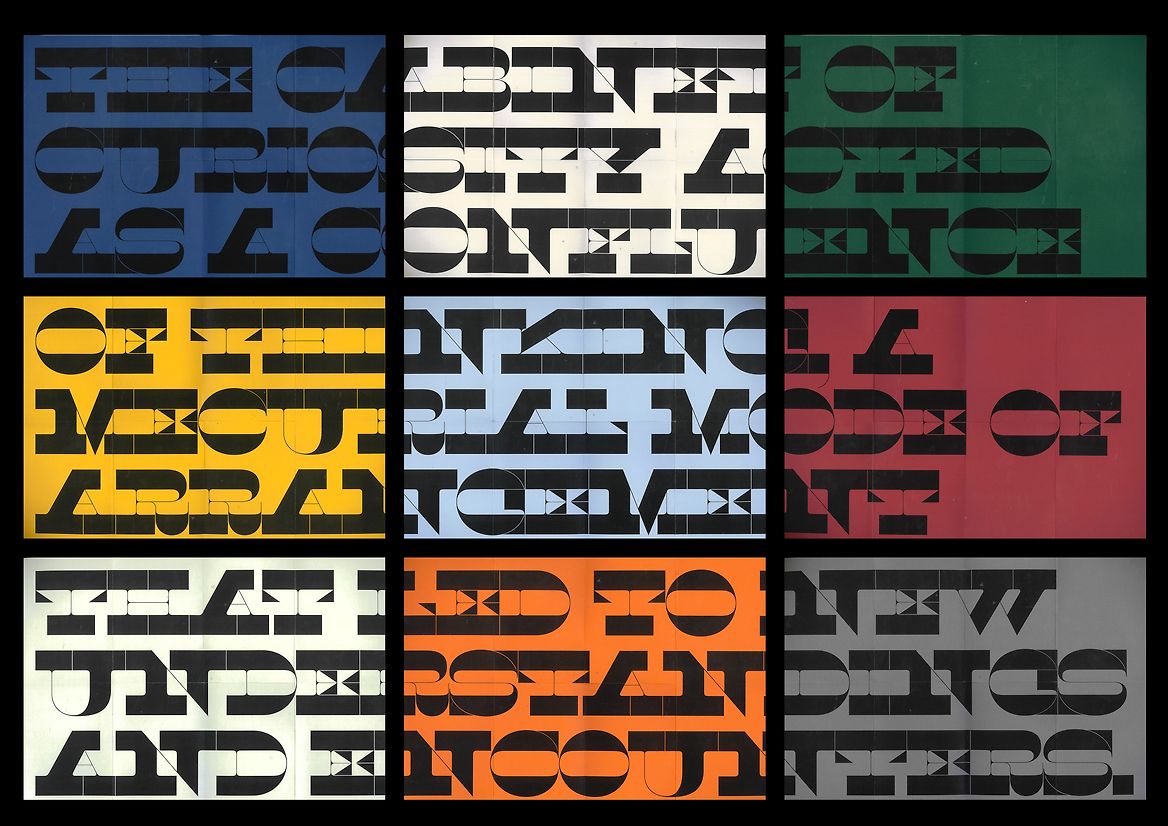
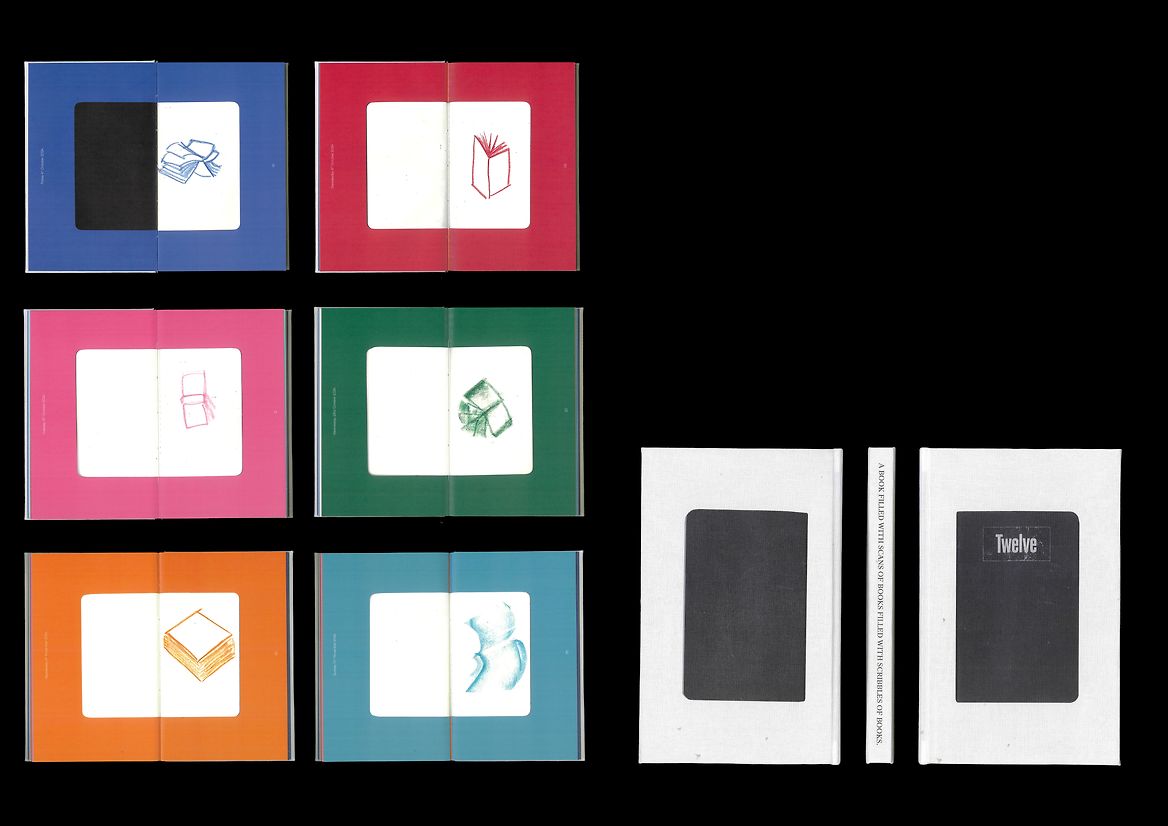

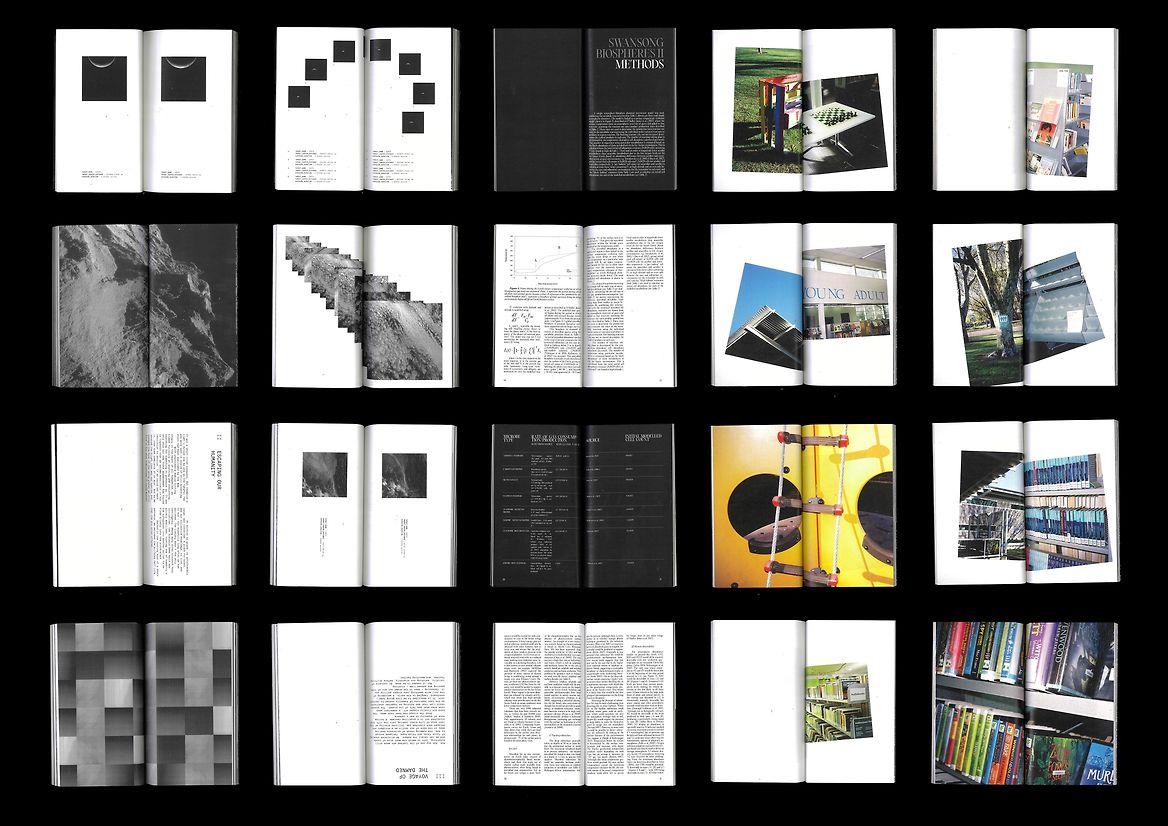
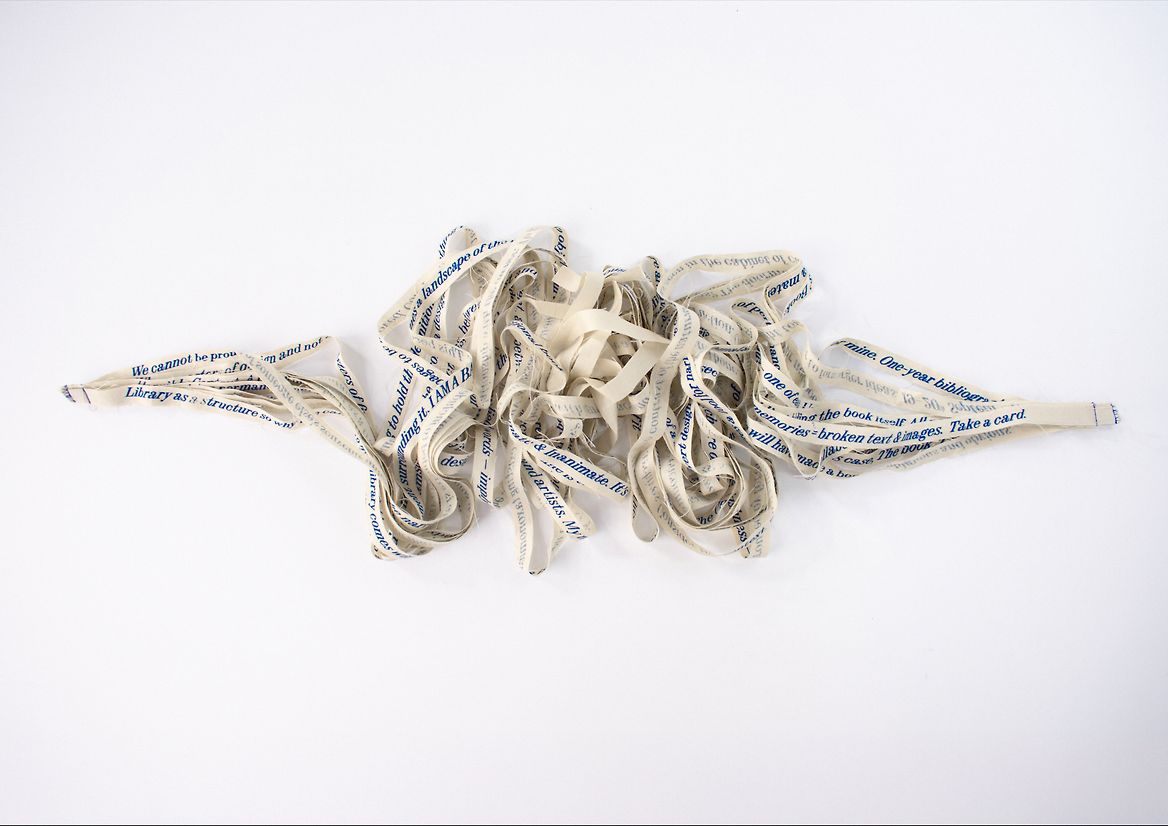

Description:
As a contemporary practice, the development of ‘artists’ books’ encompasses a wide range of material qualities and conventions, resulting in many and varied book and ‘book-like’ formats; however, there is a significant dissonance regarding the terminology used to describe such work, and, as a book designer with an interest in experimental publications, I’ve found myself producing work that could be considered a part of this practice. An ‘artists’ book’ refers to the format and structure of a book when used to convey artistic expression, rather than merely acting as a container for written content. What Is It, If It Is Not This? explores the ‘artists’ book’ landscape, and my position within it.
Conducted through an auto-ethnographic design practice, this research acknowledges the centrality of the values, perspectives and experiences of myself as the designer, shifting the act of design from something that is consistently seen as a pragmatic response to externalities into something that is self-reflexive. In utilising iterative practice-led research and research-led practice, and an alignment with Oulipo (the French literary and mathematical movement from the 1960s famed for their playfulness), the process of creation throughout this work was responsive and intuitive. To help structure this body of research, I looked at the 16th century European proto-museum and encyclopaedic curatorial practice of the cabinet of curiosities. This provided me with a unique conceptual framework regarding taxonomies, objects of wonder, intermedia tendencies and personal sense-making.
To identify the potential margins of what could be considered an ‘artists’ book’, I designed a collection of bookworks that explore, subvert, or embrace the different facets of ‘artists’ books’. The bookworks span tools made to facilitate reflection to repositories to aid my academic learning. Inspired by zine culture, ‘Of Nine’ is a set of democratic multiples that talk to, and subvert, the cabinet’s themes of juxtaposition and synthesis — discussing topics in absolute terms while also acting as a unified larger canvas. ‘Knot A Book’ explores materiality and non-linear narratives in response to Dieter Roth's famous quote: ’A book is a knot’. ‘This Number is a Sentence’ critiques the necessity for a book to obtain an ISBN through the manipulation of other publications' colophons.
In the final pages of What Is It, If It Is Not This? I offer up two terms from a designers perspective that I think may serve this area of practice well: ‘embodied book design’ and ‘holistic book design’. These two terms talk to the notion of using all material and formal elements to aid in the dissemination of information through the designing of more immersive reading experiences. This work enabled many key moments of self-reflection and the initial development of such language has resulted in a more confident sense of identity in regards to my place in this area of practice. Just as I have done with the existing terminology and tropes, I intend to critique, embody, and subvert these terms too as I continue to add to the discourse that I am now a part of.
Judge's comments:
Expansive and impressive in its explorative scope. It instantly immerses you in the art of books leveraging all the elements of tactility and book design.